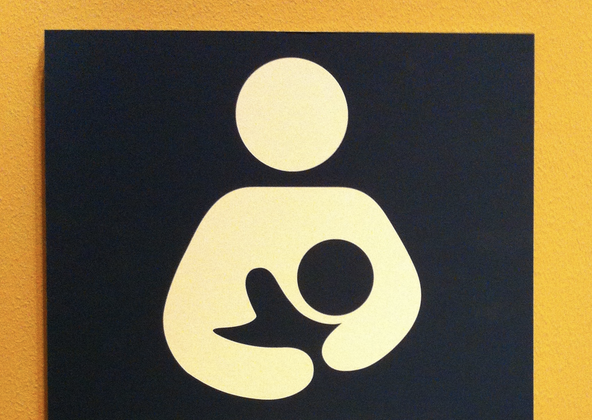
Contemporary Birth Control Pills Reduce Risk of Ovarian Cancer
Ovarian cancer causes thousands of deaths every year- more than any cancer of the female reproductive system. In 2012, 238,719 women worldwide were diagnosed with ovarian cancer and 151,917 died from the cancer. A new study led by Lisa Iversen, a research fellow with the Institute of Applied Health Sciences at the University of Aberdeen in the United Kingdom, hypothesizes that modern day birth control pills that contain both estrogen and progestogen may lessen the risk of ovarian cancer in women. A similar study was performed decades ago that applied to older contraceptives, although there was no evidence for a similar relationship and effects regarding modern day birth control. Iversen’s study included 2 million women aged 15-49 and found the women who had never used hormonal contraception had the highest risk of ovarian cancer compared to those women who had at some point used birth control. Researchers estimated that hormonal birth control prevented around 21% of women in the study...







